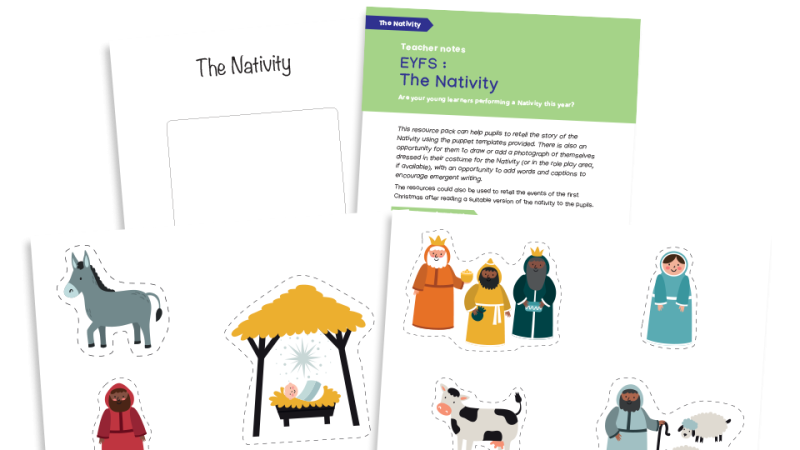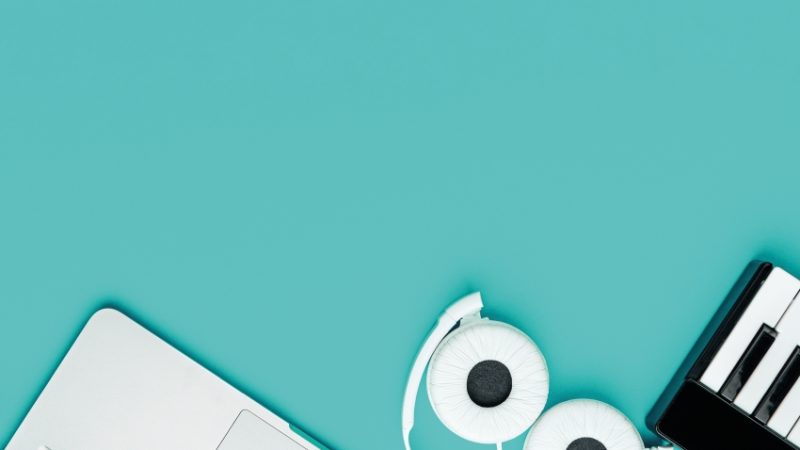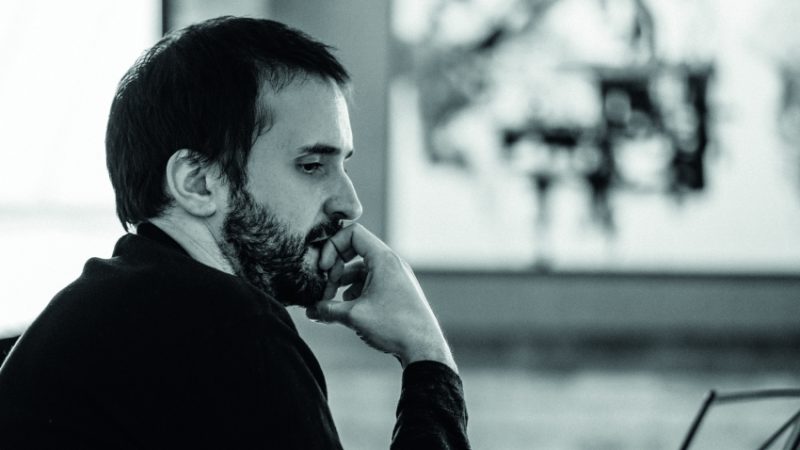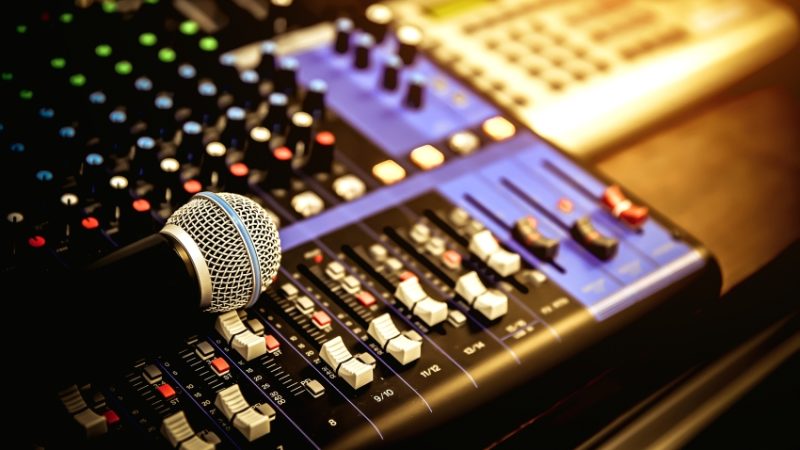Travelling, teaching and tunes – What it’s like to be a peripatetic music specialist
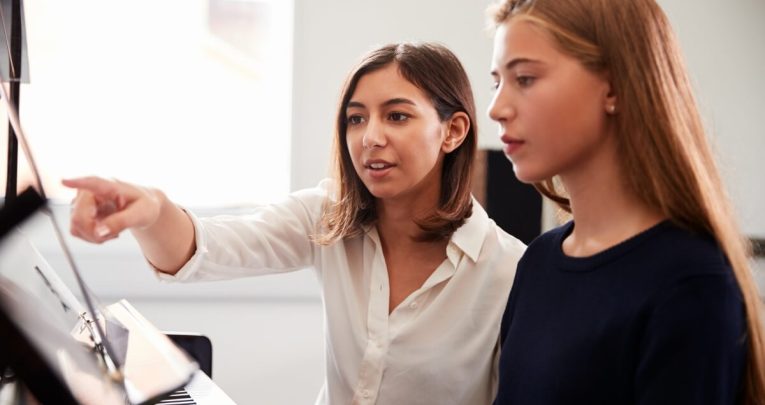
Three peripatetic music teachers based at Birmingham’s Services for Education charity describe how curriculum demands, school timetables and COVID-19 have affected their roles in recent years…
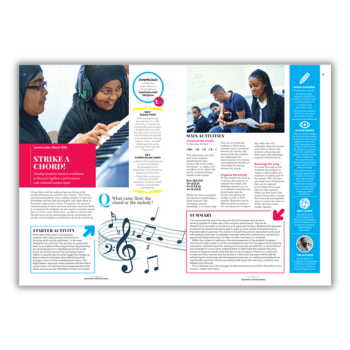
“There are often those dreaded ‘car lunches’”
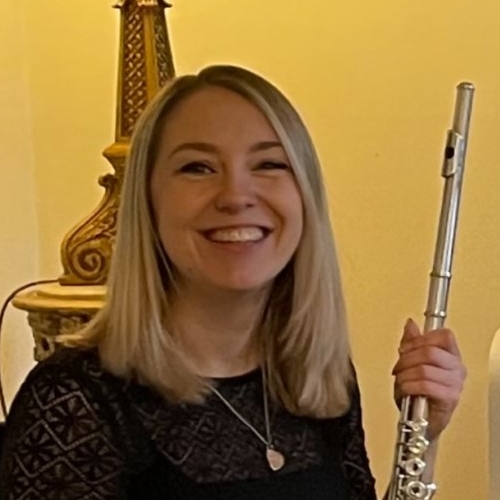
Nicole Farrell, assistant head of woodwind
Between 2011 and 2020 there was quite a change in what it was to be a peripatetic music teacher. We were in a period of austerity, with budgets gradually getting tighter and tighter. We were expected to teach more children in less time, often of different abilities and in mixed instrumental groups. We’ve continued to do our best to differentiate, but this has its challenges.
That said, there have also been many positive changes in the nature of our work. More children have gained access to instrumental lessons through a growing Whole Class Instrumental Teaching programme. Local partnerships between the Birmingham Music Education Partnership and West Midlands Music have created more opportunities for children in Birmingham to make music.
I was very fortunate to have been working in a forward-thinking organisation during the pandemic, which mobilised online teaching in March and April 2020. Online teaching was a huge learning curve for us all – I’d never used Microsoft Teams before, and was used to playing my instrument alongside pupils, seeing them up close and being able to point to notation.
Returning to school in September 2020, instrumental teachers were faced with having to teach instruments from across rooms while wearing face masks or shields, often with screens dividing us from pupils. We were able to offer ensemble provision online from 2020, which proved a challenge, but was very rewarding.
In-person ensembles made a cautious return in September 2021, and we’ve had several successful in-person concerts since. It’s been very emotional seeing young musicians perform in their first concerts in several years – their enjoyment is infectious. It’s been difficult seeing pupils struggle with the pressure, anxiety and lack of stability due to the pandemic, which is why I’m trying my best to provide a safe environment for my pupils, where they can feel comfortable and enjoy making music together.
The schools where I’ve seen the most success are always those where I’m made to feel like part of the school community, rather than just a visitor. As a ‘peri’, there are often those dreaded ‘car lunches’ that you grab as you dash between schools, and the anxiety of not knowing whether you can sit in the staff room. The offer of a cup of tea is always welcome!
“Peripatetic teachers are in a unique position”

Amy Swallow, assistant head of inclusion, brass teacher and SEND specialist music teacher
My students have a range of SEND, including autism, emotional and behavioural needs, and hearing impairments. As a teacher, I’ve always been compelled to find ways of making music more accessible and relevant to young people through the use of technology, student-led repertoire and a focus on ensuring that smaller, gratifying steps are seen and recognised. I want to encourage students to see the fun to be had in the creative and expressive process.
I’ve seen a huge amount of creativity and passion from my colleagues in providing inspiring opportunities for students to enjoy music making and all the benefits that come with it. There’s a growing chamber music festival, more departmental festivals and events, orchestral days and staff ensemble performances in schools, to name but a few.
With that has come the need to undertake more preparation tasks, organise promotional campaigns and support events in person. I’ve had to really work hard on my organisation, efficiency and time management, which can be challenging for us music teacher creative types(!), but absolutely necessary if I’m to continue being inspired and motivated by the amazing students I work with.
Post-pandemic, I’ve felt more responsibility than ever to create a positive space for my students, and have been moved by the courage and inner strength they’ve all shown during these times. We have had to use COVID-safe – and often less effective – teaching methods in the short term. In some of my work with special schools, close interactions and touch are incredibly important when encouraging musical engagement among students.
In some settings I was required to wear PPE which hid my facial expressions. Where it was best for me to stay socially distanced, I had to direct school staff to conduct the required musical interactions themselves. I found this particularly difficult, since these tend to work best when they’re exploratory and intuitive in the moment.
Peripatetic teachers are in a unique position where students may be more likely to open up to us and share their feelings and concerns – especially when their time with us has been the only individual time they’ve had with an adult at school, or indeed at all.
Having seen the positive impact music has had for students on a daily basis, especially during these times, it’s my hope that creative subjects continue to become ever more valued and enjoyed by all.
“A key concern for us was maintaining engagement”
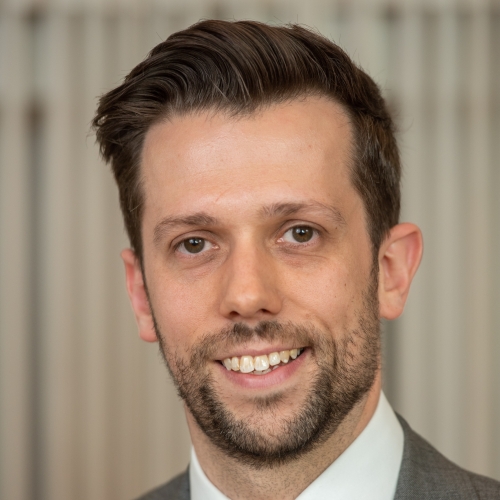
Adam Hickman, deputy head of music service
My role is primarily based around engaging with schools and our local music education hub, to help schools deliver instrumental and vocal provision, provide performance opportunities and deliver CPD for classroom teachers.
We’ve observed schools having to make some quite difficult decisions regarding their budgets, with the result that their arts provision can suffer. It’s my job, and that of the teachers within the service, to advocate for and promote the transformational impact that high quality music provision can have on children and young people.
In recent years we’ve seen an increase in group instrument lesson sizes, which has been a net positive in terms of the numbers now accessing music provision more generally, but we’ve also received feedback from schools that points to a quite dramatic fall in GCSE music entries. That’s fed into tough decisions schools are making over if, and how much they can subsidise music lessons, support parents and expand access.
During the pandemic I contacted all the schools in Birmingham to see if they were interested in our offer of delivering lessons online. I’m pleased to say that a large number opted to proceed, because a key concern for us was maintaining engagement. We were also able to organise a ‘digital concert’ that schools were able to view and parents could engage with.
Having since returned to working inside schools, I’ve seen just how much pupils have missed out being able to take part in informal live performances, such as playing in assemblies. I recently helped to organise one such concert, and noticed how the pupils seemed much more nervous than we’re used to.
As peripatetic teachers, we’ll often encounter pupils quite used to playing in front of other people, but are increasingly having to give pupils reassurance and help develop their confidence – typically starting with performances in class, before moving on to year groups, assemblies, and eventually performances to parents and families.
Music can be a great vehicle for building an important sense of community. I’d urge secondary school teachers and music leaders to contact their local music hub and see what they’re able to offer, and to make any visiting music teachers part of your school’s social fabric. Have it so that music groups can perform at your open evenings and other public events.
Building a culture whereby music is an integral part of the school can really help to bring your local community together.
Beating the buffering
To get round some of the technical issues involved in providing online lessons we created a free platform for schools in Birmingham called SFE. It hosts a series of over 800 video tutorials, amounting to around 380 hours of music – if live lessons were persistently disrupted by connection issues, we would direct students there, so that they could watch the techniques they needed to practice in their own time.







